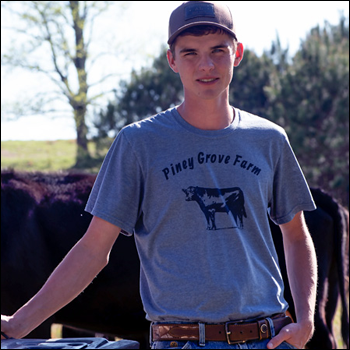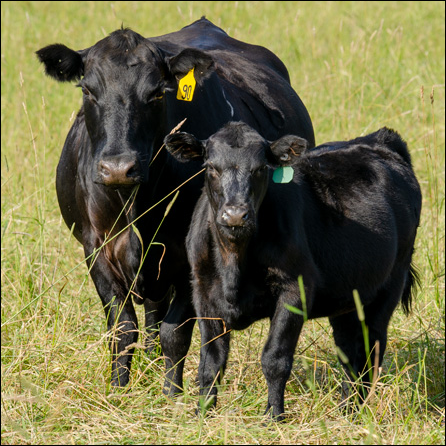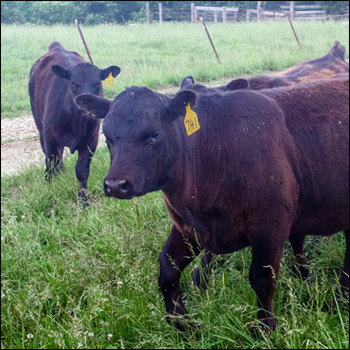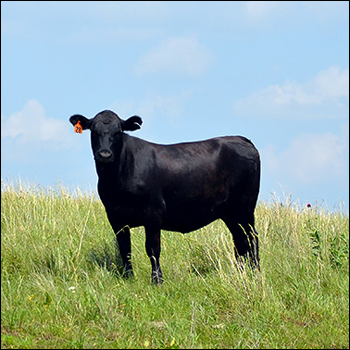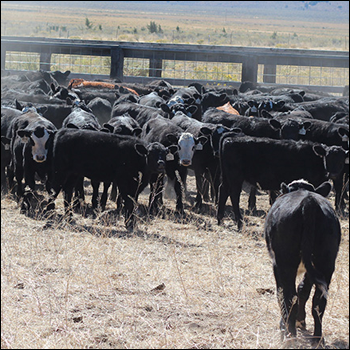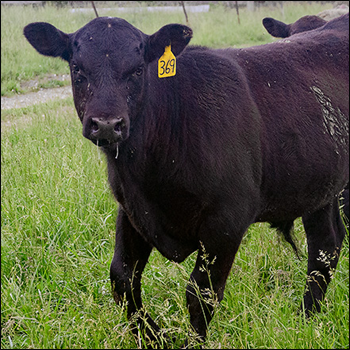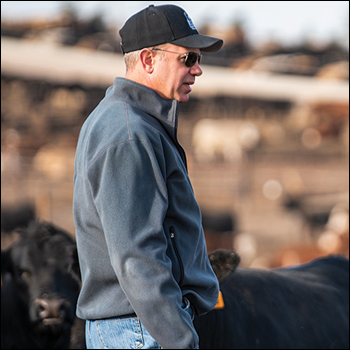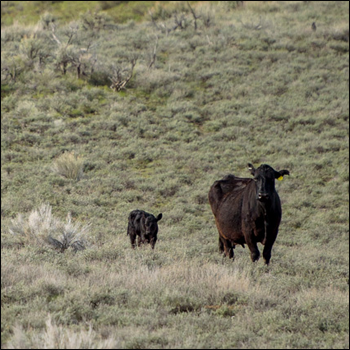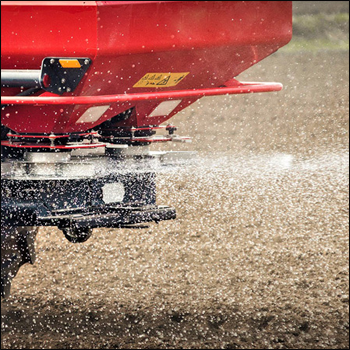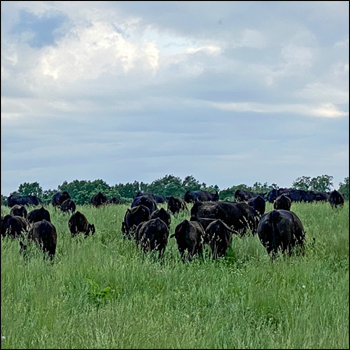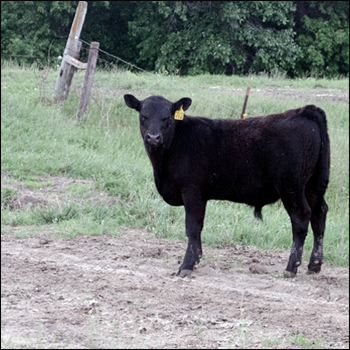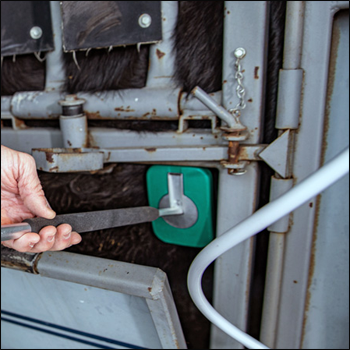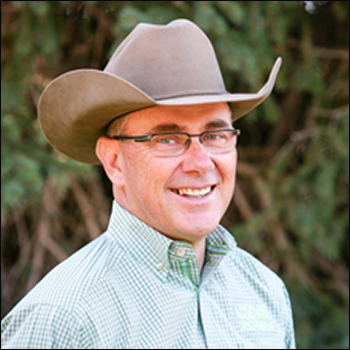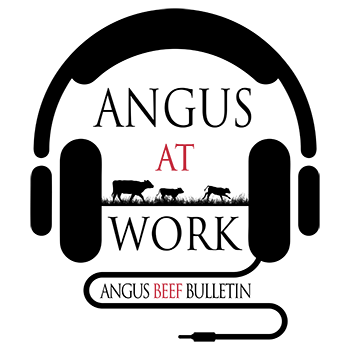Why, Who and How of a Biosecurity Plan
It takes thought and action to keep your operation safe.
“Remember that biosecurity is a verb.”
Julia Herman, beef veterinarian specialist for the National Cattlemen’s Beef Association (NCBA) says biosecurity is a necessary consideration to help keep both foreign and domestic diseases out of an operation. Successful biosecurity plans require a cattle producer to find the balance between what’s necessary and what’s practical, she adds.
“You as the producer have the most control of biosecurity,” she explains.
Herman says after living the realities of the COVID-19 pandemic in recent years and now facing the very real threat of foot-and-mouth disease (FMD) reaching the United States, all agriculturists should have a biosecurity plan in place. Biosecurity, simply put, she says, is all about keeping diseases — both foreign and domestic — from entering an operation.
Herman adds that some biosecurity practices are likely already being implemented on the farm or ranch. She says it’s all about documenting those practices and always looking for other ways to help reduce disease that makes the biggest difference for the safety of individual herds and the beef industry as a whole.
Developing a plan
Herman says biosecurity starts with the ability to talk with your team.
“You can’t really have a biosecurity plan without a good communication plan,” she explains.
If a member of a cattle operation doesn’t know what information they should be sharing or who they should be sharing it with in times of crisis, biosecurity cannot be guaranteed.
Herman says the whole team should be trained in a communication plan to help save time, create efficiency and prevent further threats of disease.
Once communication plans have been established, Herman says, the key principles of the biosecurity plan can be laid out.
Biosecurity measures may not eliminate risk, but Herman says they do often reduce transmission probability by order of magnitude. She lists the following as the main elements of a plan:
- Exclusion: focuses on separation and distance
- Physical separation: similar to exclusion; looks at physical barriers (such as walls, gates, fences, pest control, etc.), quarantine periods and procedural methods of cleaning equipment
- Cleaning: the removal of contamination before the process of disinfection
- Disinfection: targeting a specific pathogen before equipment is used again
No matter what stage a breeder is at in the biosecurity discussion, Herman has a few basic tips that can help protect their operations and prevent the spread of disease.
She suggests producers keep stressed or sick animals far from their healthy counterparts. From the location of feed and water troughs to actual pasture space, she says, the larger the distance, the better. Contact with wildlife should be limited.
Equipment should be kept both clean and dry, cattle should be grouped by age, and feed should be kept protected and covered.
Biosecurity is not a specific person, place or thing. Herman says true biosecurity requires action from cattlemen to be truly successful.

Angus Proud
In this Angus Proud series, Editorial Intern Jessica Wesson provides insights into how producers across the country use Angus genetics in their respective environments.
 Angus Proud: Scott Sproul
Angus Proud: Scott Sproul
Oklahoma operation learned wisdom of moving calving season to better suit their marketing needs.
 Angus Proud: Bubba Crosby
Angus Proud: Bubba Crosby
Fall-calving Georgia herd uses quality and co-ops to market calves.
 Angus Proud: Jim Moore
Angus Proud: Jim Moore
Arkansas operation retains ownership through feeding and values carcass data.
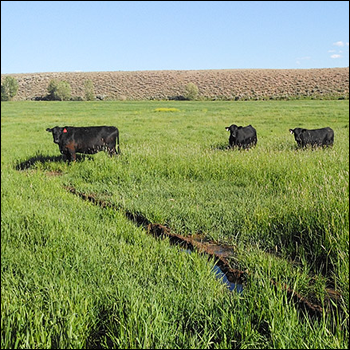 Angus Proud: Stephen Shiner
Angus Proud: Stephen Shiner
Idaho operation rotates pastures in summer and raises crops for winter.
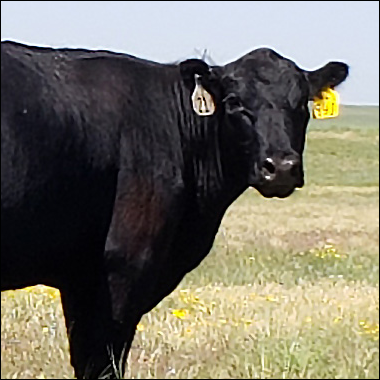 Angus Proud: Brian Nusbaum
Angus Proud: Brian Nusbaum
Angus cattle fit cattleman’s marketing goals and helped him set out on his own.
 Angus Proud: Les Shaw
Angus Proud: Les Shaw
South Dakota operation manages winter with preparation and bull selection.
 Angus Proud: Jeremy Stevens
Angus Proud: Jeremy Stevens
Nebraska operation is self-sufficient for feedstuffs despite sandy soil.
 Angus Proud: Dave Rutan
Angus Proud: Dave Rutan
Angus breeder gets the most out of his bull investment by partnering with opposite calving-season operation.
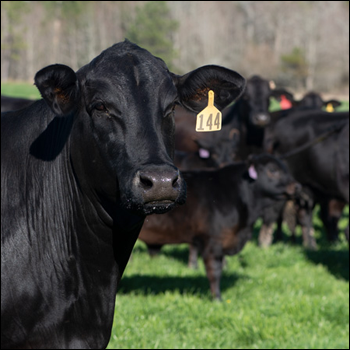 Angus Proud: Nickey Smith
Angus Proud: Nickey Smith
AngusLink helps Louisiana cattleman gain more for his calves.
